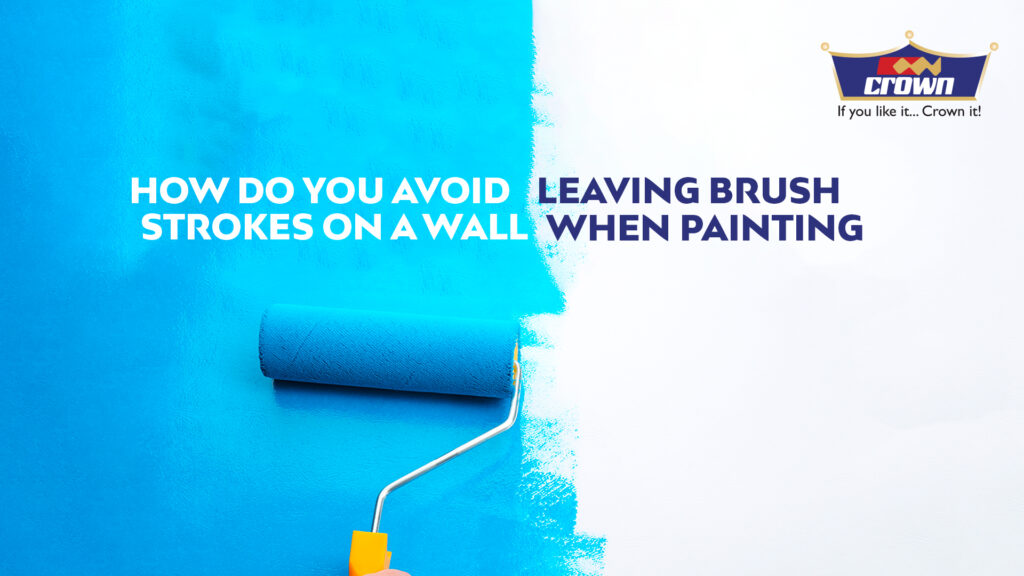
A painted wall with brush strokes typically gives the painting an unfinished appearance. The appearance of the brush strokes on the wall after painting has long given painters a headache. The kind of paint and brushes used have the biggest impact on how the wall will look after painting. Here are some pointers to help you cover your wall as completely as you can without using extra brush strokes.
1. Clean the wall before painting
For the paint to adhere effectively, ensure your wall is free of dust, grease, or any loose contaminants to have good adhesion. It will ensure that no paint or texture is peeling.
2. Employ appropriate types of paint
Don’t combine various paints. Make sure the paints you use are compatible with each other if you plan to use more than one variety. Otherwise, when applied, the paints can clump or separate.
3. Employ top-notch brushes
When it comes to painting a wall with a brush, high-quality brushes may make all the difference! Use a broad brush for larger surfaces, an angled brush for cutting corners or trimming around moldings, and a roller for rolling out large areas.
4. Split it into smaller chunks
Divide your painting into manageable pieces. By doing so, you’ll be able to monitor your work along the way and make sure that your strokes cover the entire area evenly. When you take on too much at once, some patches can wind up looking smoother than others.
5. Don’t rush things
Be cautious and slow. While it may be tempting to move quickly, take your time while using a brush to paint a wall. This will make it easier to guarantee that every stroke is uniform and steady across the entire surface area.
6. Use two coats
Put on two coats. To ensure that both coats adhere perfectly to one another without leaving any gaps between them, wait until the first coat has dried completely before applying the second coat.
7. Paint Horizontally
To prevent brushstrokes from leaving behind observable streaks in the paint, paint horizontally.
8. Apply a roller
When compared to using a brush, utilizing a roller can be quicker, simpler, and less untidy. Large paint areas can be applied to walls with rollers without leaving brush traces behind. It is important to dilute paints to recommended viscosity.
Visit Crown Your Space to get qualified painters for your painting project.






